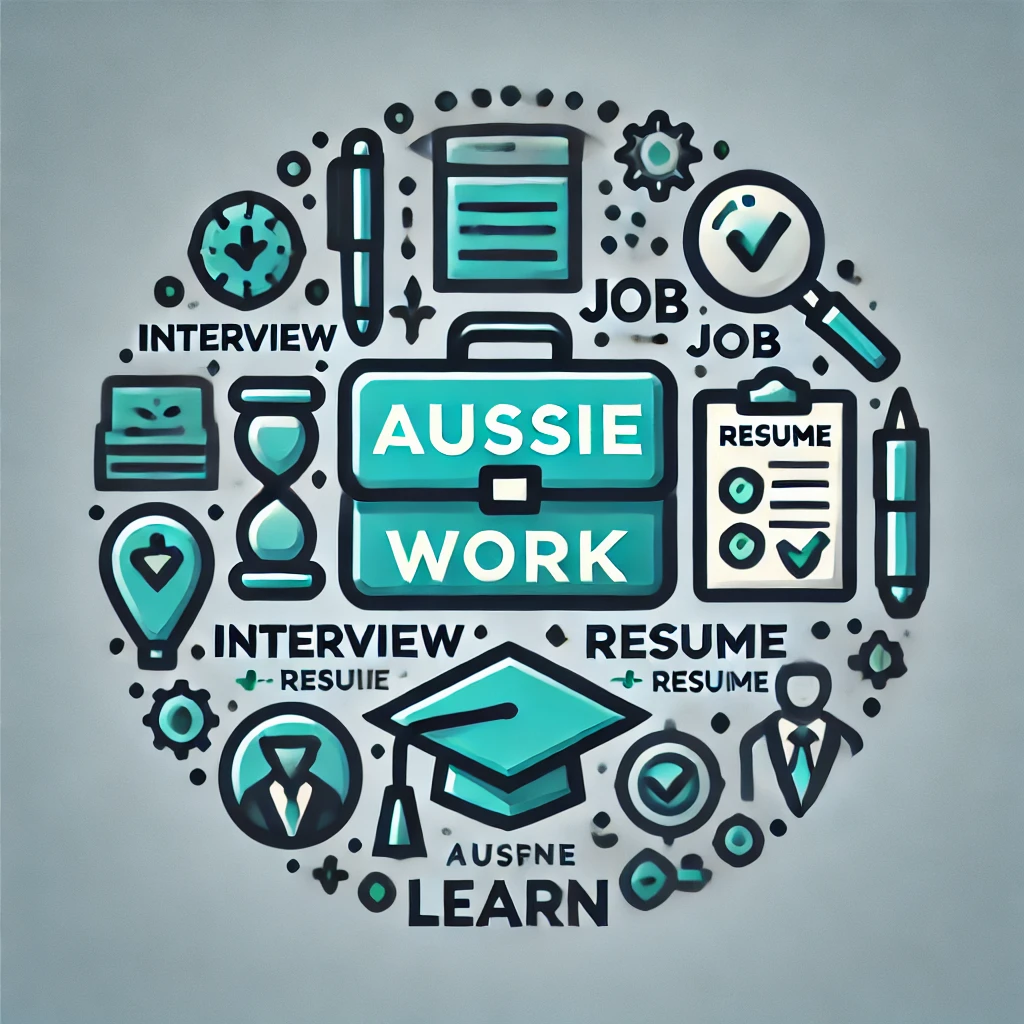5 Common Resume Mistakes Australians Should Avoid
In a competitive job market, your resume is often the first impression you make on a potential employer. Yet, many job seekers in Australia unknowingly make resume mistakes that hinder their chances of landing interviews. This guide highlights the most common errors Australians make on their resumes and offers tips to avoid them.
1. Ignoring Australian Resume Conventions
A well-structured resume is essential to make a positive impression but resumes in Australia follow specific conventions that can differ from other regions. Some of these include:
- No Photos or Personal Information: In Australia, photos and personal details like date of birth, gender, and marital status are generally omitted. This helps prevent unconscious bias and allows employers to focus on qualifications.
- Concise and Relevant Content: Australian employers prefer resumes that are direct and relevant. Aim for one to two pages for most positions and a maximum of three pages for more senior roles.
How to Avoid This Mistake: Familiarize yourself with Australian resume standards. Stick to a clear, simple format, and use Australian English. Avoid unnecessary embellishments and only include information that pertains to the job.
2. Overloading with Responsibilities Instead of Achievements
Many candidates fill their resumes with detailed job descriptions, which can make it hard for hiring managers to understand what makes them unique. Instead of listing every task, focus on achievements that showcase your impact in previous roles.
- Avoid Vague Descriptions: Replace general statements like “managed a team” with specific accomplishments such as “led a team of 8 to improve customer satisfaction scores by 20%.”
- Quantify Achievements: Numbers help paint a clear picture of your success, so include measurable results whenever possible.
How to Avoid This Mistake: Start each bullet point with an action verb and prioritize what you’ve achieved rather than what you were responsible for. Remember to tailor these achievements to the job you’re applying for to make them relevant and impactful.
3. Using a Generic Resume for All Applications
One of the most common mistakes in job applications is submitting a single, one-size-fits-all resume to multiple employers. Tailoring your resume can be time-consuming, but it makes a huge difference in the Australian job market.
- Lack of Keywords: Many companies use Applicant Tracking Systems (ATS) to screen resumes. If your resume doesn’t contain the keywords from the job description, it might not make it through the initial screening.
- Missed Opportunities to Highlight Relevance: A generic resume doesn’t emphasize the skills and experiences that align with a specific role.
How to Avoid This Mistake: Carefully read each job description, highlighting the keywords, required skills, and specific qualifications. Tailor your resume to each job by adjusting your summary, skills, and work experience to align closely with what the employer is seeking. This increases your chances of passing through ATS filters and impressing recruiters.
4. Including Irrelevant or Outdated Information
Including too much information or irrelevant details can make your resume appear cluttered and dilute the impact of your qualifications. Examples of unnecessary information often seen in Australian resumes include:
- High School Education (if you’ve completed further studies or have significant work experience).
- Old Positions that don’t add value to the current application.
- Outdated Skills or Software that are no longer relevant in today’s workplace.
How to Avoid This Mistake: Review your resume periodically to ensure all the information is up-to-date and pertinent to the job you’re applying for. Focus on including your most recent roles, relevant education, and skills that are either requested in the job ad or directly applicable to the position.
5. Failing to Proofread and Edit
Spelling and grammar mistakes are small errors that can leave a big, negative impression. They indicate a lack of attention to detail, which can be a red flag for many Australian employers. Common mistakes include:
- Spelling errors and typos: Simple mistakes can signal carelessness.
- Inconsistent formatting: Uneven font sizes, bullet styles, or alignment can make your resume look unprofessional.
- Incorrect Contact Information: A small typo in your phone number or email address can result in missed interview opportunities.
How to Avoid This Mistake: Proofread your resume thoroughly, or ask a friend or family member to review it for you. Using tools like Grammarly can help catch spelling or grammar issues, but double-check manually to ensure everything is polished and correct.
Conclusion
Avoiding these five common resume mistakes can increase your chances of catching the attention of Australian employers and securing interviews.
By following these guidelines, you’ll ensure that your resume is professional, focused, and aligned with local expectations.
When preparing your resume, remember that it’s not just a record of your employment history—it’s a tool to market yourself effectively.
Invest the time to make it shine, and you’ll be better positioned to land the job you’re aiming for.
